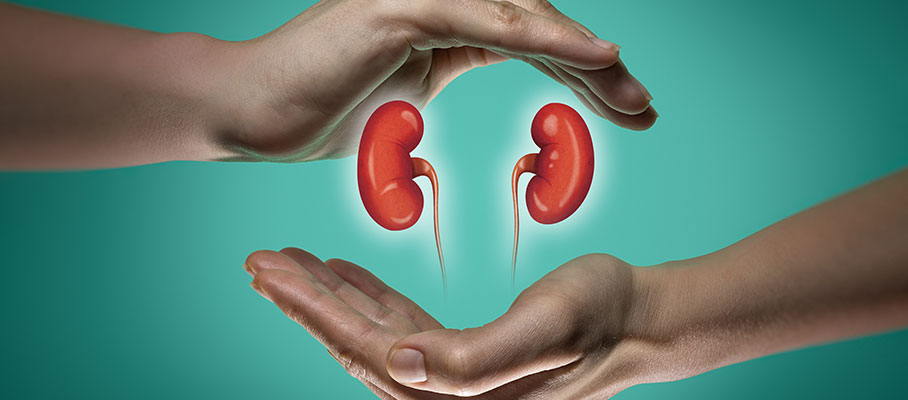2) Our topic for 0.5hr🆓CE/#CME: a #journalclub on the article “Human #Nephrogenesis can Persist Beyond 40 Postnatal Days in Preterm Infants,” found at 🔓https://t.co/yie1kkN9Zn.#MedTwitter #nephtwitter @ISNkidneycare @MedTweetorials
— @CKD_ce (@ckd_ce) March 18, 2024
3b) Faculty disclosures listed at https://t.co/PHlIppl6Yw. No industry funding involved in this program. Check out, for more 🆓credit, the #blogposts edited by @sophia_kidney @brian_rifkin @NephroSeeker at https://t.co/YoHJbwUwqt. FOLLOW US for more #MedEd in #kidneydisease.
— @CKD_ce (@ckd_ce) March 18, 2024
4b) The textbook answer is c, 36 weeks. However, recent studies find the following:
— @CKD_ce (@ckd_ce) March 18, 2024
💡#Nephrogenesis complete between 34-36 weeks
💡#Nephrons continue to form for 40 days or less after premature birth
💡Low nephron mass ⬆️the risk for chronic kidney disease #CKD
6) 🛑Abbreviations/Definitions 🛑#GA: Gestational age is time between birth and last period#CA: Chronological age is the time since birth#PMA: Postmenopausal age is CA + GA pic.twitter.com/hxGfcDncwT
— @CKD_ce (@ckd_ce) March 18, 2024
8)
— @CKD_ce (@ckd_ce) March 18, 2024
🚩Control samples: infants who died intrapartum or ≤4 days after birth.
🚩Experimental samples: infants surviving more than 40 days after birth
Samples were matched by PMAs.
10) Clinical characteristics
— @CKD_ce (@ckd_ce) March 18, 2024
📍8 controls and 7 experimental samples
🚫difference PMA, postmortem interval, autopsy weight, kidney weight, infant length pic.twitter.com/za8CaKmKS1
12) Molecular Assessment of #Nephrogenesis
— @CKD_ce (@ckd_ce) March 18, 2024
🔎Experimental samples showed molecular evidence of nephrogenesis but ⏬ vs controls
🔎🔎 #SIX1 (marker of progenitor nephrons) and #RET1 (marker of ureteric bud) expressions ⬇️ with increasing PMA, ceasing 2 weeks before controls. pic.twitter.com/YJlZlft3mo
13b) Tubular Hyperplasia and Hypertrophy
— @CKD_ce (@ckd_ce) March 18, 2024
🔭Distal tubules showed both hyperplasia (🔼 #KCNJ10 activity with 🔼🔼
nuclei) and hypertrophy (⬆️ SLC12A3 activity 🚫increased nuclei) pic.twitter.com/l4m6rE2nCH
14) Glomerular Development
— @CKD_ce (@ckd_ce) March 18, 2024
🔬 ⏫glomerular cross sectional area in the cortex and medulla of experimental samples versus controls pic.twitter.com/GzmzfqsWFm
16) 🔑Learning Points
— @CKD_ce (@ckd_ce) March 18, 2024
🌟Nephrogenesis may continue past 40d PMA & cease 2wk earlier than controls
🌟Growing evidence that we should try to ⬇️perinatal injuries as they may affect nephrogenesis
🌟Future research should focus on neonatal #AKI and decreased nephron counts pic.twitter.com/RBhG2FAkWt
17b) Limitations
— @CKD_ce (@ckd_ce) March 18, 2024
😩Small sample size
😩Unable to control for multiple exposures on the experimental samples
😩Limited information on autopsy report and without access to medical records
😩No #AKI data
18b) The answer is B. 50%
— @CKD_ce (@ckd_ce) March 18, 2024
What evidence does this study show for nephrogenesis beyond 40 days after birth in a premature infant as compared to controls?
19) The answer is TRUE!
— @CKD_ce (@ckd_ce) March 18, 2024
And truly YOU 🫵 just earned 0.5hr 🆓CE/#CME credits. Claim your certificate at https://t.co/sLCp8P7593, then FOLLOW US for more & more #MedEd!
🙏 to @MChanMD for authoring & @sophia_kidney for managing!#FOAMed #nephtwitter @ISNkidneycare @KIReports
